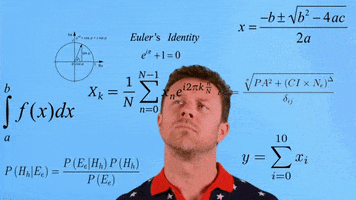Nomad Willy
Guru
Power steering, bigger rudders and 2 turns L to L.
Power steering, bigger rudders and 2 turns L to L.

That's pretty quick steering. You wouldn't need a rudder indicator, it would be fairly obvious with the helm wheel marked.
Mine's 3 turns lock to lock, a bit slower. The autopilot very small corrections to the wheel in most conditions and less than quarter turn very rough conditions. Any worse than that and its time to think about hand steering.

I agree! I change course quite often to give the guests (and myself) a better ride, Just because it's a power boat does not marry you to all straight line courses.To echo what others have said, I find that changing heading can improve the ride. Yes, you'll look like a sailboat zig-zagging to your destination, but it helps to smooth out the roll.

Greetings,
Mr. S. ALL good comments thus far BUT one thing that has not been addressed, unless I missed it is loading and trim.
Do you normally cruise with full or near empty fluid tanks (water, fuel, waste)? Do you have all chain rode in the bow? When you load up for a vacation, do you pack everything in the v-berth, lazerette, one side or the other (is all your food/can storage on one side of the boat?) or on the fly bridge?
While one is not able to readily redesign transoms or rudders, I think some improvement in handling might be achieved by redistributing weight.
Just another slant on the situation...
Also worth noting. Rolling is something that we were not surprised at, but definitely notice. We're not worried about the rolling. What I'm referring too is more like 'yawwing' where the stern decides it's in a race with the bow and is deciding it wants to make a pass.
Every boat has its limit. My boat is great in following seas up until a point.
I never really worried about it until we got caught in some 5-6 foot waves on the stern. At first the boat was handling it well, but as we proceeded closer to shore the waves started breaking and the size increased wherever the depth decreased. On a couple occasions I got worried as the boat got pushed around. I had to plot a careful course where there were no sudden depth changes to cause the waves to break.
To reduce my L to L, I'm need to replace the rudder cylinder with one with a smaller piston diameter. Or a helm with more displacement per rev. One or the other or both.
It surprises me a production boat has 8 turn L to L. Are you sure about that? Maybe you have air in your steering. That would be an easy fix!!!
Adding a dam at the lower edge and raising it up nearly to the hull adds power w/o adding size to the rudder.

Brooksie,
Al,
Quite sure Brooksie's "dam" is a flange at upper or/and lower ends (top and/or bottom) of rudder. If the hull is close enough it can act as a dam to a degree. And for general shape a high aspect ratio rudder is best. As in tall and not wide as viewed from the side. attached to boat.
Exactly what I meant, thanks for that.
Exactly what I meant, thanks for that.
Brooksie / Eric... You guys have photo of rudder alterations you mention?
Brooksie / Eric... You guys have photo of rudder alterations you mention?

